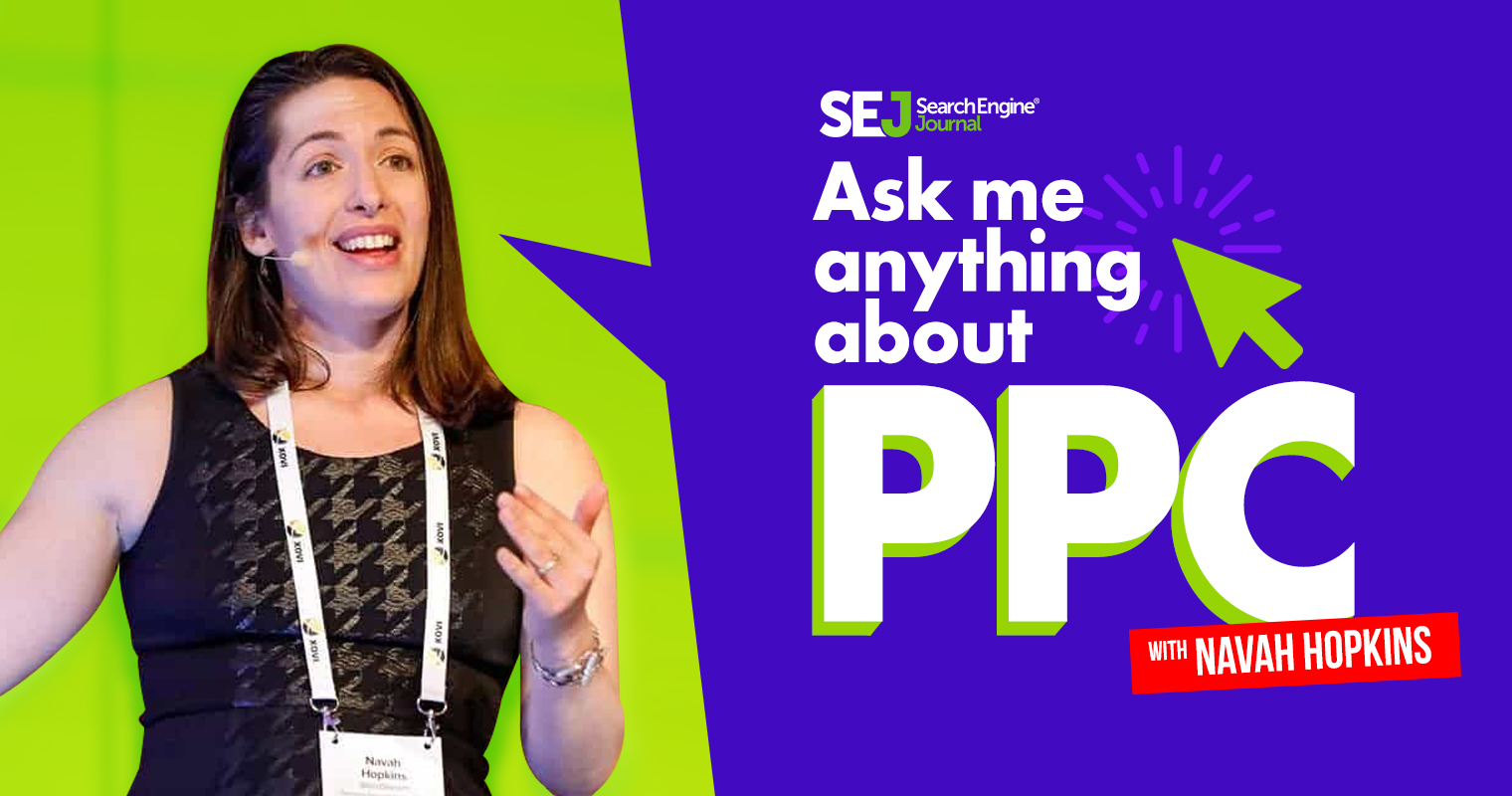Pay-per-click (PPC) advertising and search engine optimization (SEO) often end up siloed.
This causes friction between teams, questions about attribution, and often self-sabotaging strategies to get in the way of scalable profit.
I love this question seeking to build PPC empathy and collaborate on SEO initiatives. Barouyr in Yerevan, Armenia, asks:
“If someone knows about SEO and in general about marketing (customer personas, target marketing), and has a very basic knowledge of PPC, where should he start to understand how to construct a PPC campaign for his company?”
This post touches on concepts where SEO/PPC align and can empower each other and makes recommendations for further exploration.
Keyword Theory: Active Targets Vs. Passive Targets
Keyword research, management, and strategy are part of SEO and PPC.
However, the tasks associated and criteria for electing a keyword are slightly different.
One of the biggest differences is PPCs need to account for close variants as opposed to perfect syntax.
You won’t need to bid on everything as close variants pick up slight variations on keywords as well as implied terms.
For example, bidding on the keyword phrase “balanced dog trainers near me” would allow you to come up for the following terms on all match-types:
- “dog trainers for aggressive dogs”
- “[location] dog trainers”
- “dog training near me”
In PPC, advertisers are concerned with:
- Auction Price: Is this keyword the best cost-to-benefit variant and do I make enough to justify costs?
- Competitiveness: Will everyone be going for this variant?
- Inclusivity: Will this variant pick up the ways of searching I need it to?
- Structure: Does this keyword fit my account structure or does it require major changes?
Factoring in these questions into keyword research will help the work translate to paid efforts.
Deciding what you actively target vs. allowing to passively target through close variants will come down to cost, competitiveness, and search volume.
Read more on keyword theory here.
Dynamic Search Ads: Benefit From Your Well-Optimized Site
Dynamic Search Ads (DSAs) are a PPC staple – they rely on Google/Microsoft crawling your site to come up with ad headlines and the best landing page based on the search term.
If the ad algorithm is able to correctly comprehend the content, you know you’ve done a good job SEOing the site.
If it struggles to come up with the right categories, you might need to adjust your tagging and site structure.
Leveraging DSA can be a great way to start with PPC because:
- DSA campaigns/ad groups will teach you how prospects search.
- You’ll be able to cover more parts of your business with one budget.
- The SEO investments can yield even more return through DSA campaign performance.
DSA can be set up as a stand-alone campaign or added to existing campaigns.
It’s important to note that Google Ads allows for mixed campaigns, while Microsoft does not.
If you end up importing your Google campaigns to Microsoft, be sure to opt for DSA to be split from the campaign.
Dig deeper into Dynamic Search Ads here.
Conversion Tracking: Understanding ROI From A Single Source Of Truth
Conversion tracking teaches you what parts of your campaign are driving value and which are falling short.
Google Analytics is helpful to track conversions across disciplines.
As an SEO expert, you’re likely used to using Analytics goals and events.
Advertisers have a choice – they can either use ad platform conversion tracking (which is separate code), or import from Google Analytics.
You’ll want to use Google Analytics in most cases because:
- Consistency in reporting and valuation of events.
- No additional code is needed on the site.
- More advanced conversion events might be needed.
Using Google Analytics also helps with attribution.
Ad platforms have been moving away from last-click and concrete conversions.
By leveraging analytics attribution models, you can use the same source of truth for all and incorporate conversion modeling into all reporting.
Landing Page Theory: Guide The User To Profit Without Sabotaging SEO
The hardest shift in strategic thinking will be landing pages.
In SEO, content must be rich, and navigation bars help technical SEO gains.
In PPC, content needs to be focused on only the most crucial insights with as little opportunity for the user to do anything other than the conversion action.
One of the best ways to handle this is to direct PPC traffic to subdomain.
This will allow you to abide by PPC rules of engagement without compromising your SEO.
Cumulative Layout Shift (CLS) impacts PPC too (can negatively hurt quality score), so on page CRO still needs to wait at least five (ideally eight or more) seconds before triggering.
Takeaways
Most SEO strategies pave the way for PPC empathy and you absolutely don’t need to start over.
Just be mindful that you ideally want to separate the landing page experiences and use a single source of truth for conversions and reporting.
Have a question about PPC? Submit via this form or tweet me @navahf with the #AskPPC hashtag. See you next month!
More resources:
- 7 Ways SEO & PPC Can Help Each Other
- How to Combine SEO & PPC Data for More Powerful Results
- 10 Most Important PPC Trends To Know In 2022
Featured Image: Paulo Bobita/Search Engine Journal





